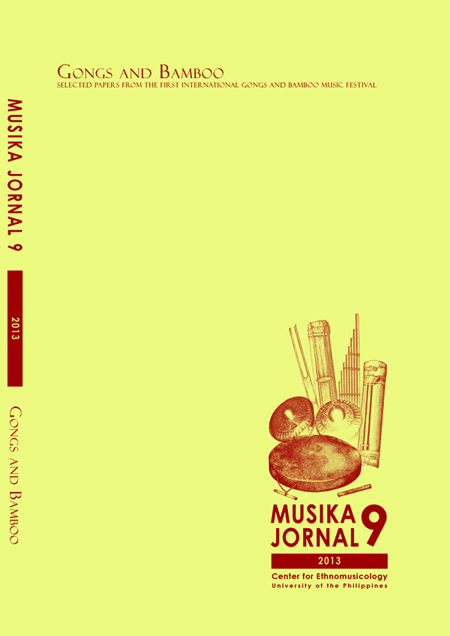Going Ensembles and Rituals Around South China Sea
Abstract
A variety of gong ensembles is found around South China Sea. By way of comparative lexicography and ethnography, we shall consider a larger maritime space, a highly homogeneous geo-cultural space with ancient trade routes and networks. A unity in objects, shapes, and functions as well as cognates in vocabularies is thus revealed.
I shall emphasize the ritual functions of gongs among national cultural communities of Central Vietnam and the Philippine archipelago, and show how the various gongs ensembles of the cultural communities of Northern Luzon are quite different from gong ensembles in Central Philippines and among the peoples of Sulu, Tawi-Tawi and Mindanao.
Gongs ensembles among the Dayak in Sabah, Sarawak, in east and West Kalimantan and other groups in Sumatra shall complete this attempt to sketch a vast fresco among the Austronesian family groups in Nusantara. Some insights in Yunnan ‘the Mountains of the West,’ shall be alluded to as well.
This attempt illustrates the importance of documenting these practices today – thus hopefully safeguarding for the future –as memory of this moving musical heritage always linked to ancient rituals of deep spirituality and wisdom around South China Sea.
Dr. José Maceda has called this area ‘another Mediterranean’ and this historical and geo-cultural notion has inspired the work I propose to share in this presentation.


